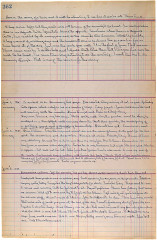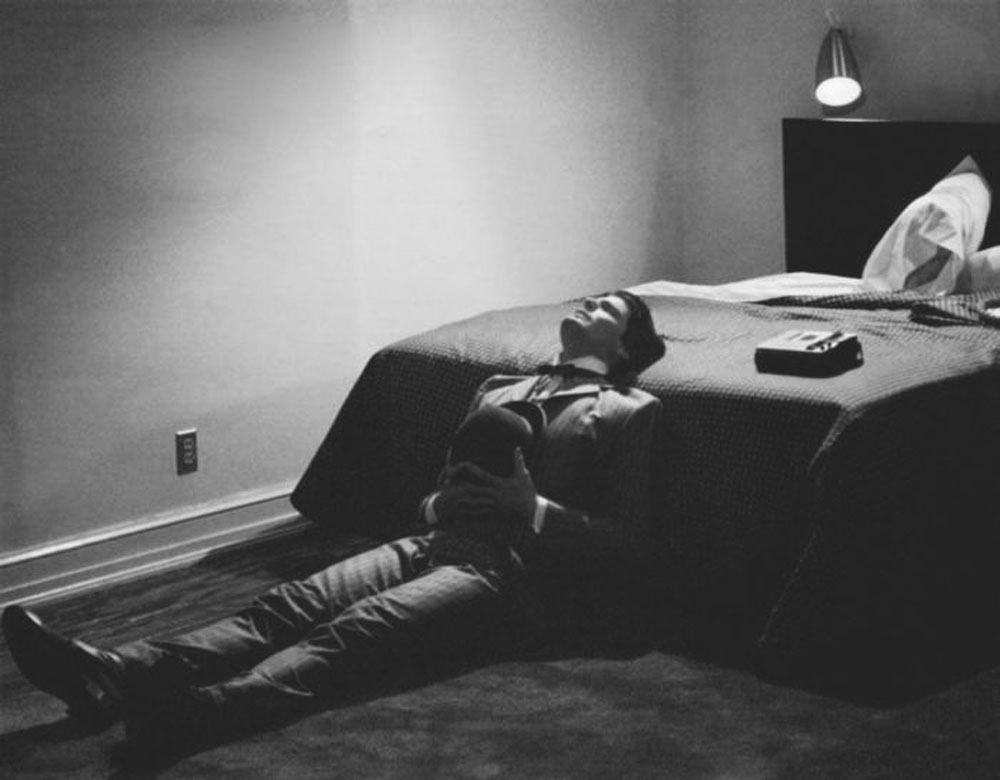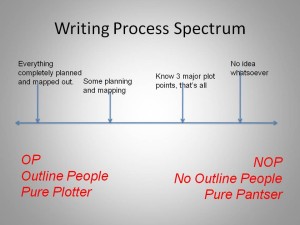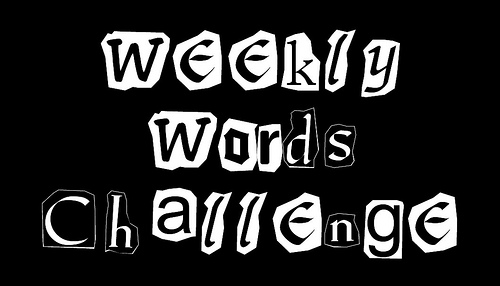I’ve been blogging a lot lately, just not here on WordPress. I’ve been using Pinterest and Tumblr for quick posts. The interfaces are simple, and the stakes are low because not a lot of people follow me there.
What am I blogging about? Well, they aren’t “essay-like” blog posts, as you are used to here. These are more visual, like a bulletin board or scrapbook. Or they’re more utilitarian, like a ledger. That’s why I don’t think to share them here on the Big Thing.
A few years ago, I went to an exhibit at the Morgan Library on diaries. I was especially interested in how artists use them.
I spent a lot of time looking at the writing journal John Steinbeck kept as he wrote The Grapes of Wrath. Here’s a great post from Austin Kleon’s blog about that.
 I want to hold myself accountable, too, like Steinbeck did. That’s why I started this little Tumblr blog called Every Day I Write the Book.
I want to hold myself accountable, too, like Steinbeck did. That’s why I started this little Tumblr blog called Every Day I Write the Book.
I also use Tumblr (and Pinterest) like scrapbooks. A place to archive the images and maps I find.
Sometimes I just reblog a picture.
Sometimes I add a picture to a scrapbook I keep for Linda.
Sometimes I make digital scrapbooks comprised of images and maps of one particular place, like Villa Trianon.
The pages I’ve been writing this week are set at Villa Trianon, and I look at these pictures to sort of “will” myself into that time and place.
I suppose it’s no different from cutting something out of a magazine and pasting it down so that you can go back and look at it later.
If you’ve seen Somewhere in Time, you know what I’m talking about.
Sometimes I do more than just clip images. I actually start writing about what they mean to me. Proto blog posts. Like this one on the so-called “classic” look.
In this article, Edwidge Danticat talks about how she creates bulletin boards so that she can see her ideas and the images that inspire her, as well as the overall plot structure.
That’s what I’m doing, too, I guess, except my bulletin board is digital. And share-able.
But this research can’t overtake the actual writing. Instead, I play with my bulletin board/scrapbooks as a way into the writing or when it’s time to take a break from writing–instead of smoking. (The urge to do so has been strong lately for some reason.)
I’ve also been watching period dramas to keep myself thinking in the past.
- A Room with a View, both the 2007 and 1986 versions
- Ridicule
- Austenland
- My Immortal Beloved
- The Other Boleyn Girl
- A Royal Affair
- The King’s Speech
- Agora
Another way that I will myself into the past isn’t digital at all. I read books that were published at the time I’m writing about. Right now, I’m reading a novel by the Duchess of Sutherland, who was a friend of Linda’s. It’s not very good, but the book smells old, the details are marvelous, and it definitely transports me into that milieu.
If you have any other suggestions for me, let me know. Good luck with your own writing projects. Thanks, as always, for reading.
[And so ends today’s writing warm ups. Time to start writing for real.]









